28 March 2024
Virtual worlds and Networks facing the dual carbon constraints
New reports release
28 March 2024
New reports release

These new reports are a continuation of our work on the subject since 2018.
You can now download :
For the first time, the Shift Project is looking at the carbon footprint of technologies that have yet to be widely adopted (virtual worlds, 6G, etc.). Positioned ahead of the phases of widespread deployment, these new reports offer benchmarks to guide innovation and technological choices in the digital sector in France.
+6 %
-40 %
4 %
2,5 %
Digital technologies are not virtual tools but physical media : exchanging data is only possible thanks to terminals (smartphones, computers, tablets, etc.), network infrastructures (terrestrial and submarine cables, mobile network antennas, optical fibers, etc.), servers and data centers.
The digital industry’s carbon footprint, which is growing at an average rate of 6%/year, already accounts for 3% to 4% of global emissions today (The Shift Project, 2021). In France, it represents at least 2.5% of the national footprint (ADEME & Arcep, 2023). In a context of intense electrification of uses (mobility, buildings, industry, etc.), it is at the heart of planning and supply issues.
Are virtual worlds compatible with a low-carbon digital world ? Under what conditions do these new promises of use constitute relevant technologies in view of energy-climate constraints ?
We propose an approach based on 4 characteristics that define virtual worlds :
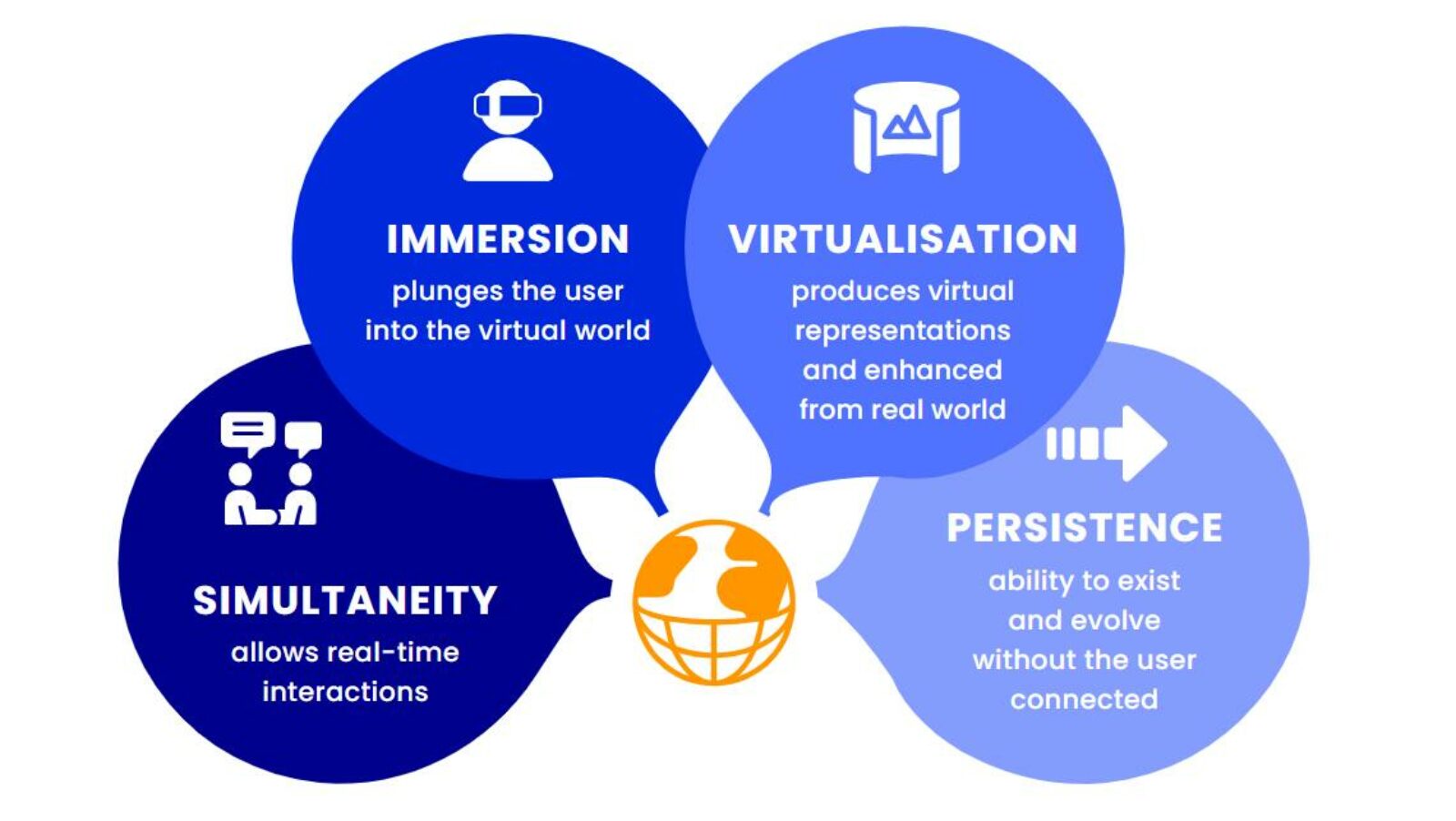
Our work has resulted in a tool that translates the service promises of virtual worlds into concrete implications for the digital system and its infrastructures. It enables us to rapidly link the solutions proposed today by the virtual worlds ecosystem to their energy-climate implications.
Undifferentiated deployment and widespread adoption of virtual world services are incompatible with a resilient trajectory for the digital system with regard to the dual carbon constraint. Ratifying the undifferentiated deployment of virtual worlds would have the effect of consolidating today’s unsustainable digital dynamics, placing it on an impact trajectory representing almost 7% of global carbon emissions in 2030, as close as possible to the most alarming scenario of those modeled by the Shift Project in 2021.
At French level, making this scenario possible would require technological deployments (latency, throughput, etc.) and capacities on the mobile network side that would multiply their carbon-energy impacts by 2. This would put digital technology on a trajectory whose impacts in 2030 are well above the ADEME-Arcep trend scenario (ADEME & Arcep, 2023), and whose narrative is o

What impact do our deployment choices have on the carbon-energy impact of mobile networks? What uses motivate these deployment strategies? What strategies can be implemented to make them resilient to the dual carbon constraint?
The current dynamics of mobile networks are cyclical: deployment choices aim to adapt infrastructures to the expected evolution of digital uses (usage effect). Once the infrastructure has been deployed, usage develops according to new dynamics (supply effect) until it reaches new levels, calling for new capacities and new needs :
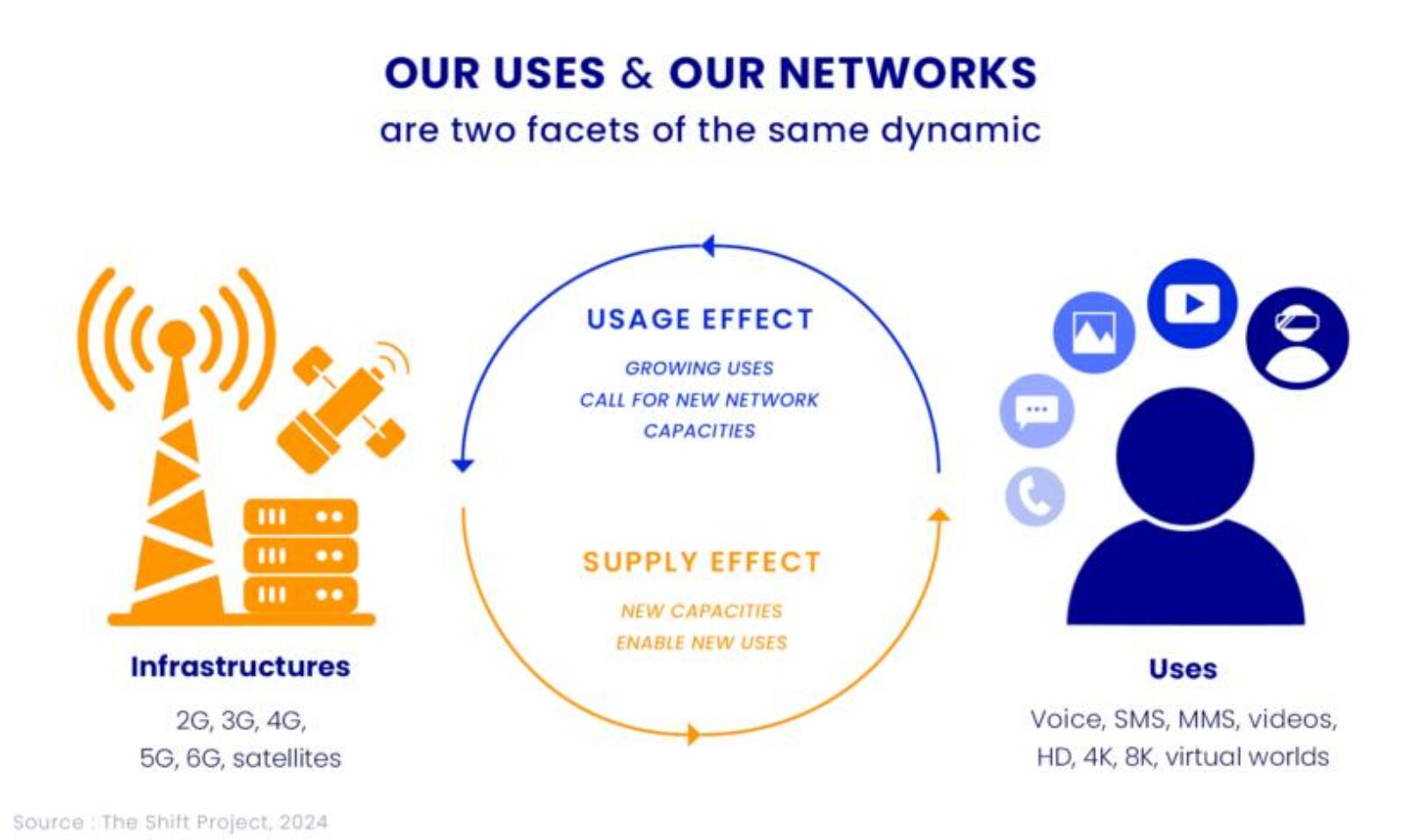
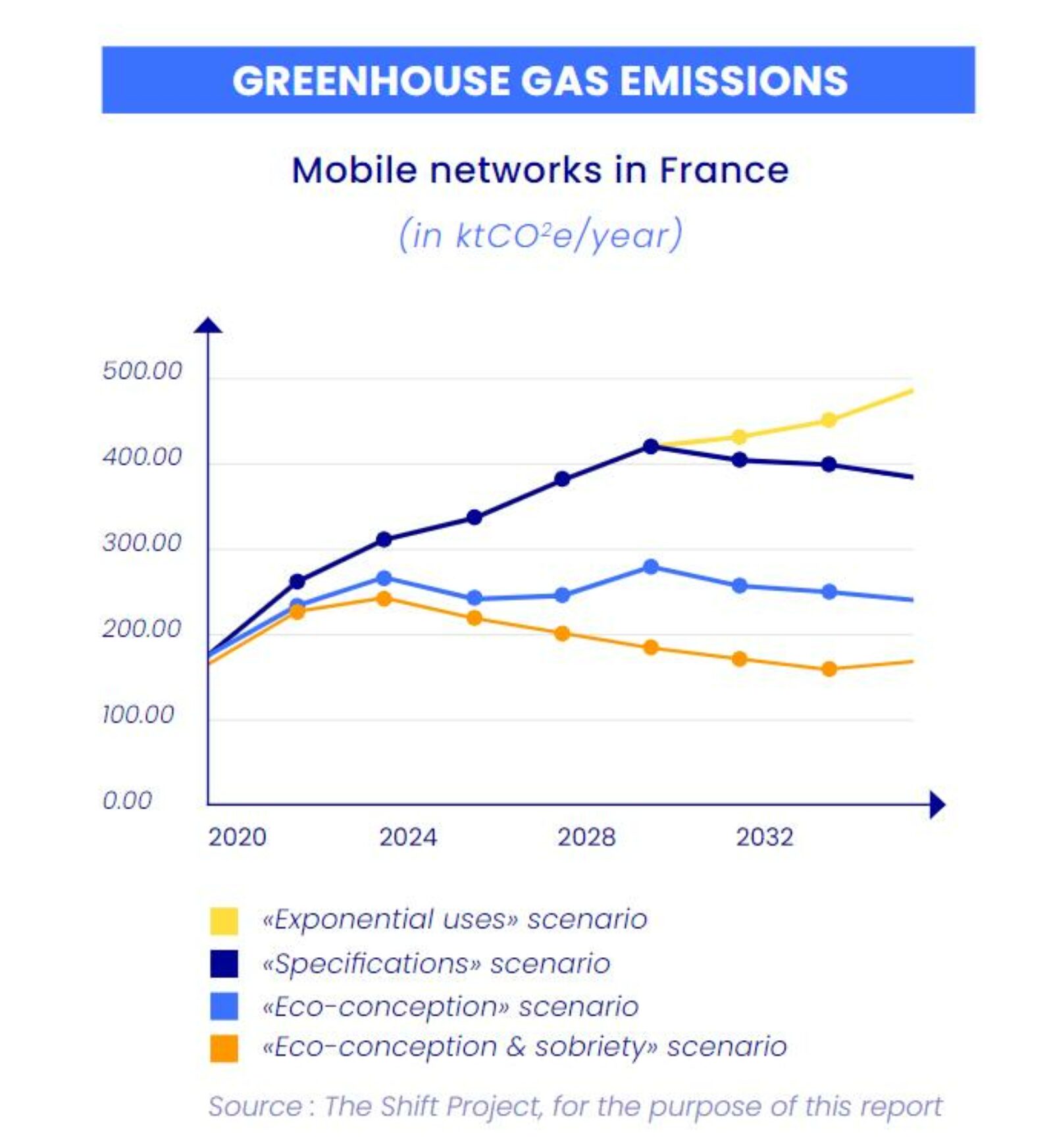
To steer the digital sector towards a resilient trajectory, mobile networks can play a major role by jointly activating the levers of “eco-design” and “sobriety “: extending lifespans, energy efficiency gains, modifying regulatory constraints, mutualization, designing a different 6G to serve decarbonization, controlling growth in usage.
Without measurement, informed prioritization is impossible. Without transparency, no reliable measurements or orders of magnitude are available.
This complementary lever is only truly useful when services remain constant, and must be coupled with mechanisms to avoid rebound effects.
This is the disruptive transformation of uses and business models, without which decarbonization objectives cannot be achieved.
Effectively implementing roadmaps at the right level of ambition requires players (industrialists, operators, companies and institutions) to acquire and mobilize the necessary skills and human resources.
We would like to thank the working groups who are helping us to make progress on these issues.
Many thanks to our sponsors, who are working alongside us to promote sober, low-carbon digital technologies, and who are making it possible to publish this work. Many thanks to them !
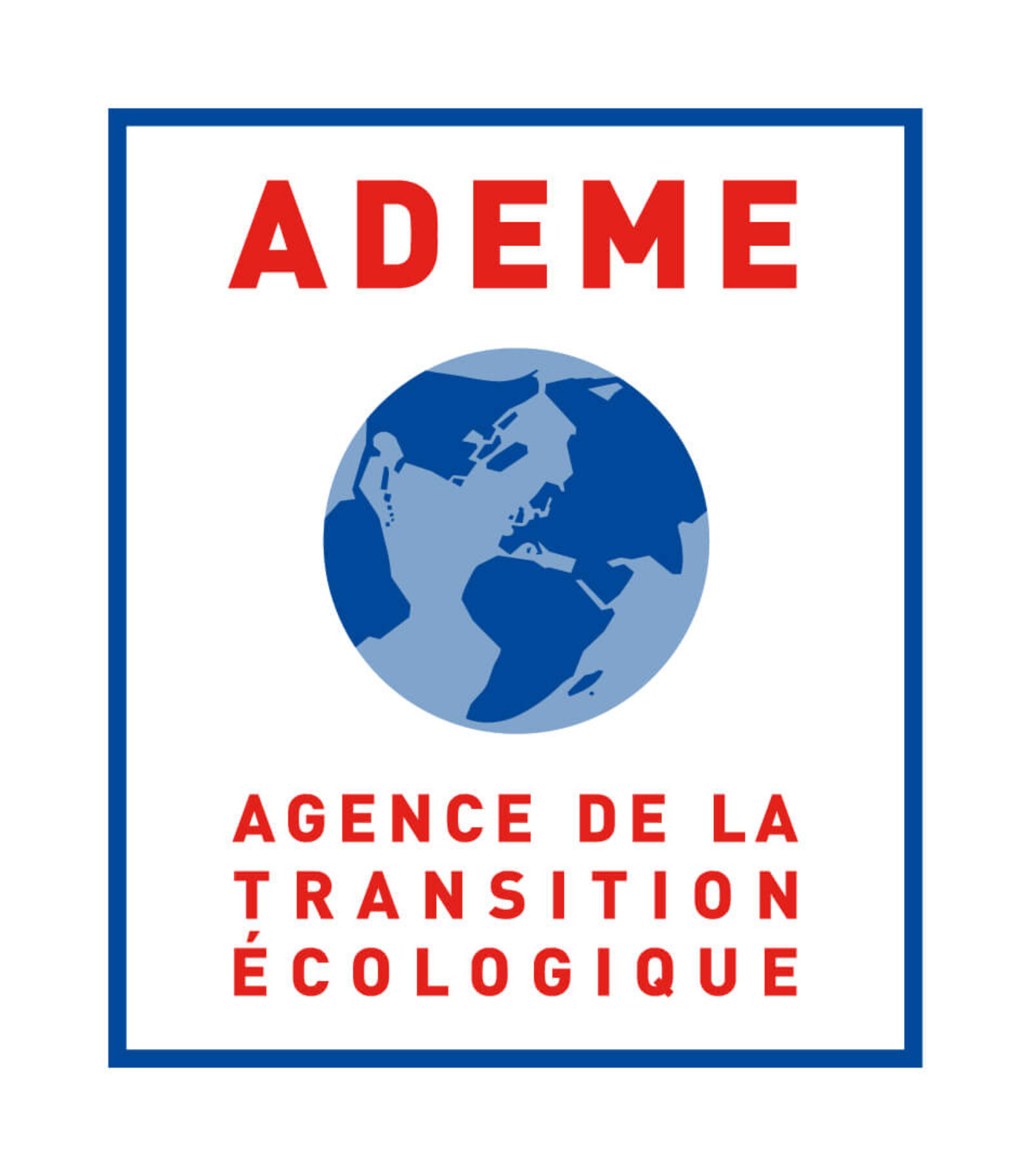

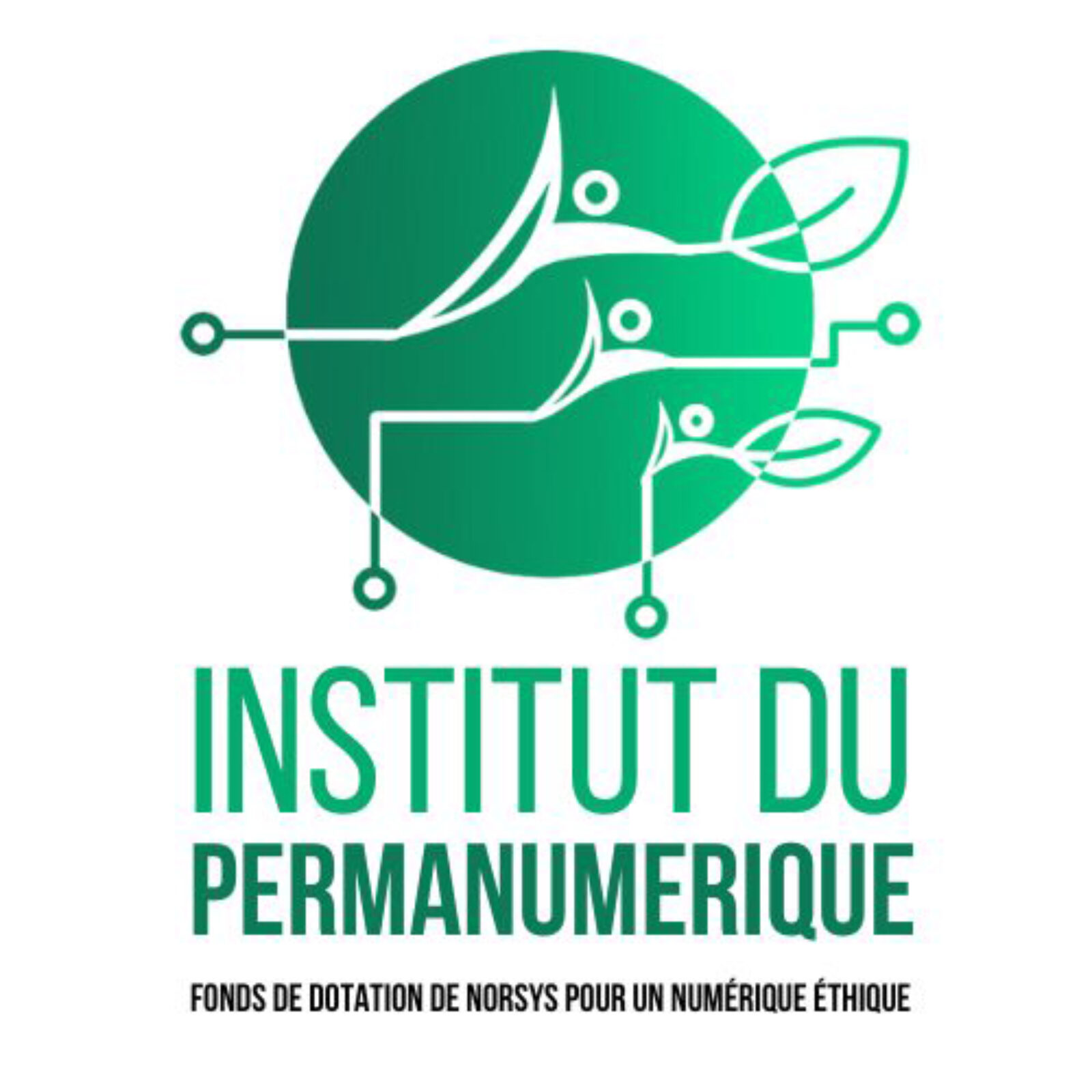
19 Nov. 2025
Al, data, and computing: shaping infrastructures for a decarbonised world

09 Jul. 2025|Note
AI : “We need ecological planning for digital technology over 5, 10, and 25 years.”

26 May. 2021|Note
Environmental impacts of digital technology : 5-year trends and 5G governance
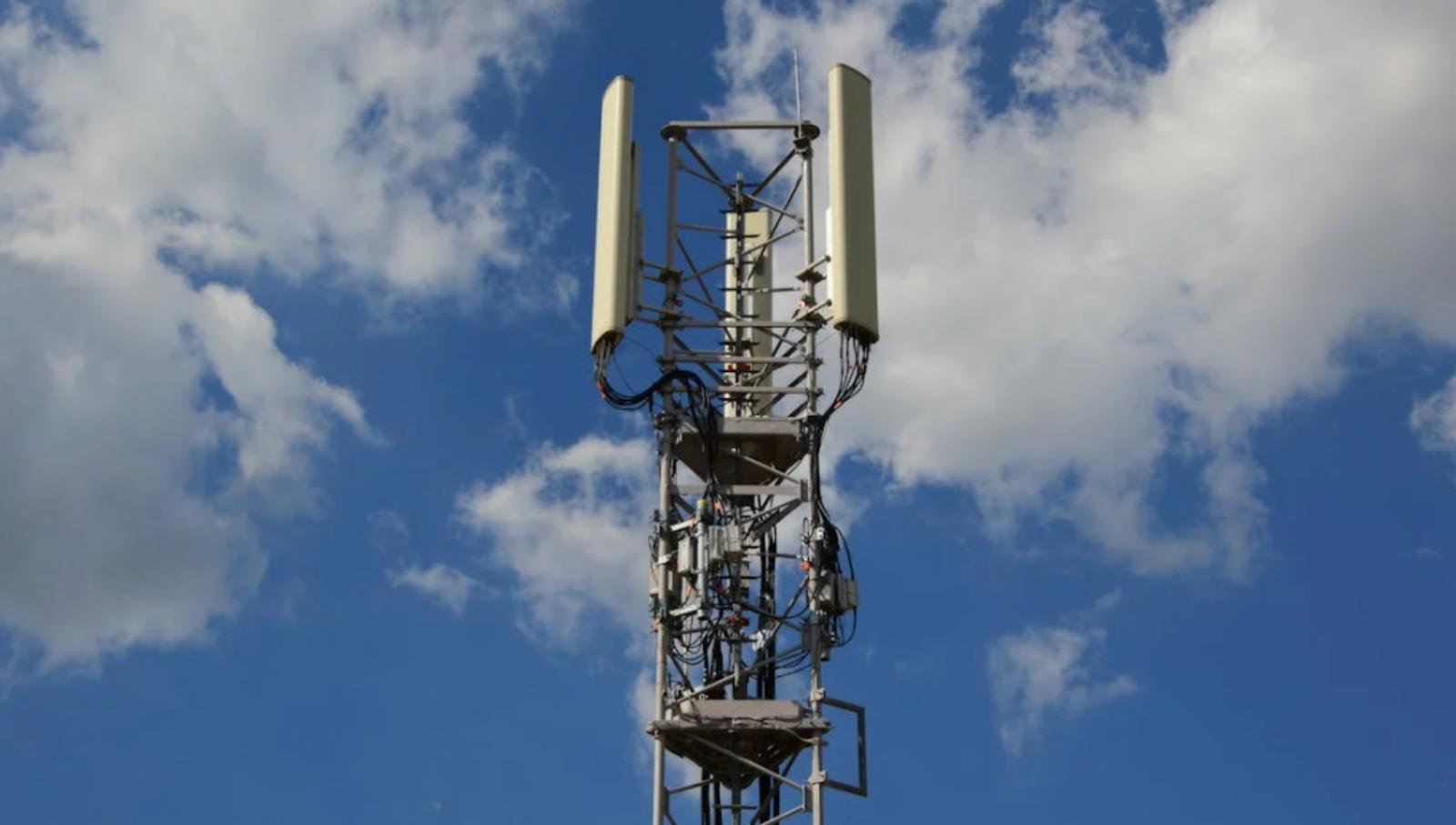
14 Oct. 2020|Report
Deploying Digital Sobriety
